In Photos: Pigeons Show Off Their Fancy Hairdos
Rockin' Pigeons
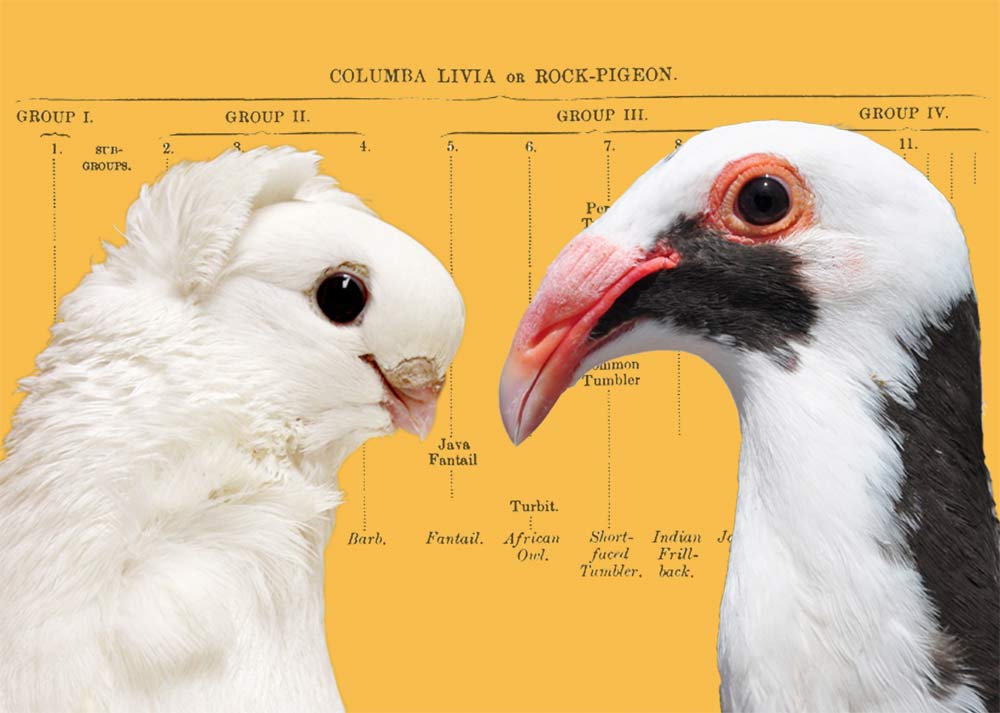
The rock pigeon is a single species (Columba livia) with 350 different breeds with different sizes, shapes, colors, color patterns, beaks, bone structure, vocalizations and arrangements of feathers on the feet and head -- including head crests that come in shapes known as hoods, manes, shells and peaks.
Fashion Forward
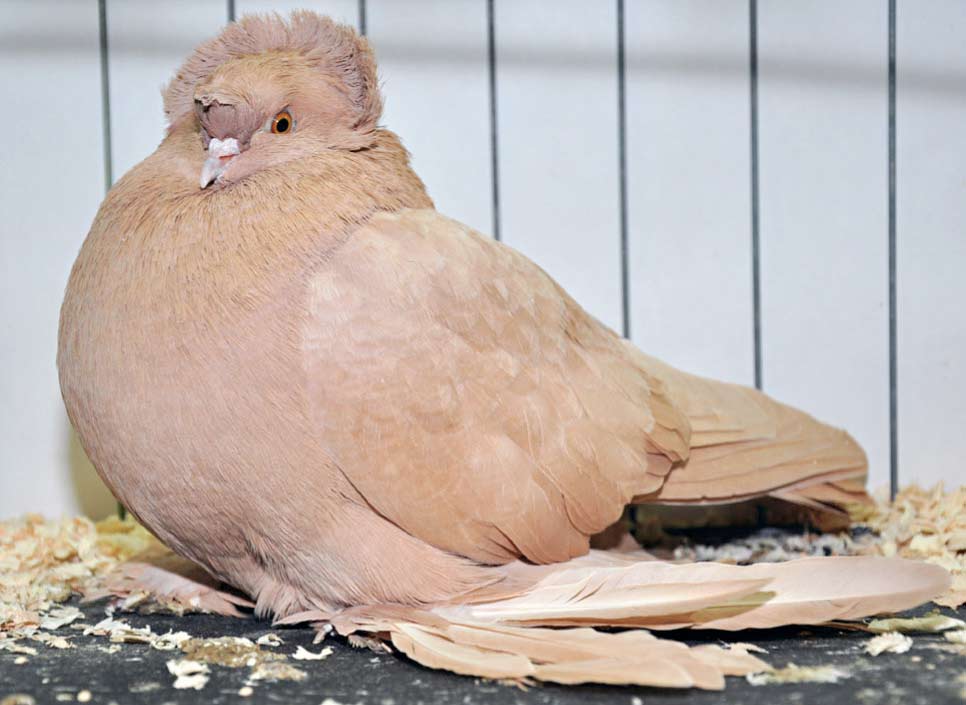
Research detailed in the Jan. 31, 2013, issue of the online journal Science Express, researchers found a single gene mutation is responsible for these head crests, signaling the head and neck feathers to grow upward rather than down in a tamer fashion. Here, and English trumpeter pigeon.
What a Hoot
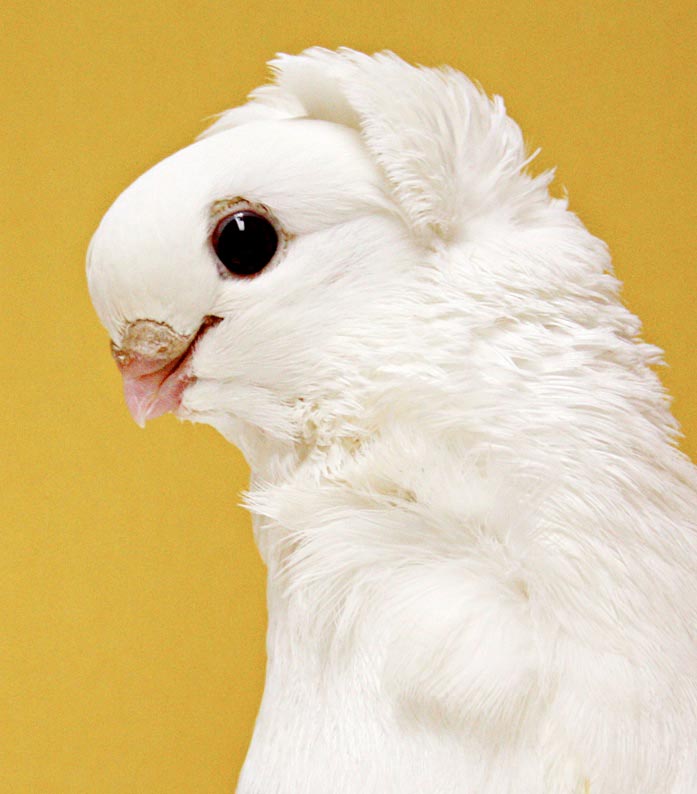
An Old German owl breed of domestic pigeon has a short beak (like other "owl breeds") and a crest of feathers on the head referred to as a shell crest.
Fantail
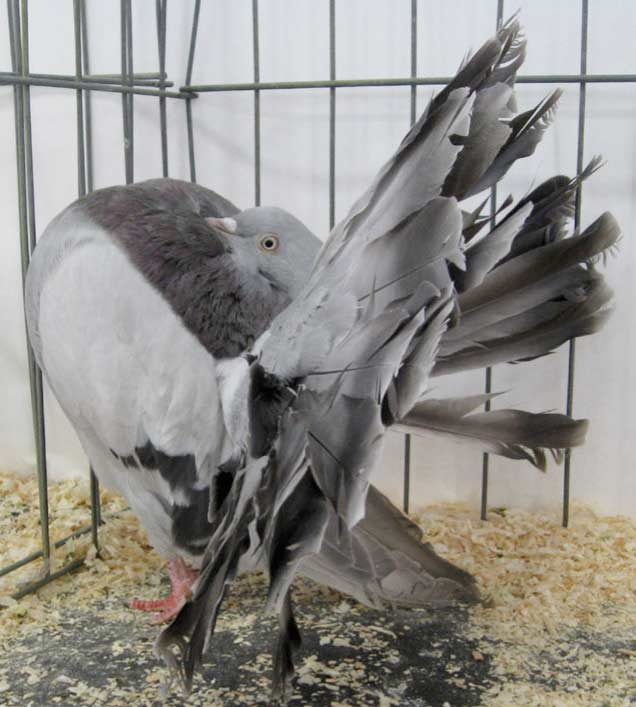
The scientists found a breed called fantails (shown here), which are typically associated with India, are related to breeds whose ancestors are known to have come from Iran.
Eastern Origins
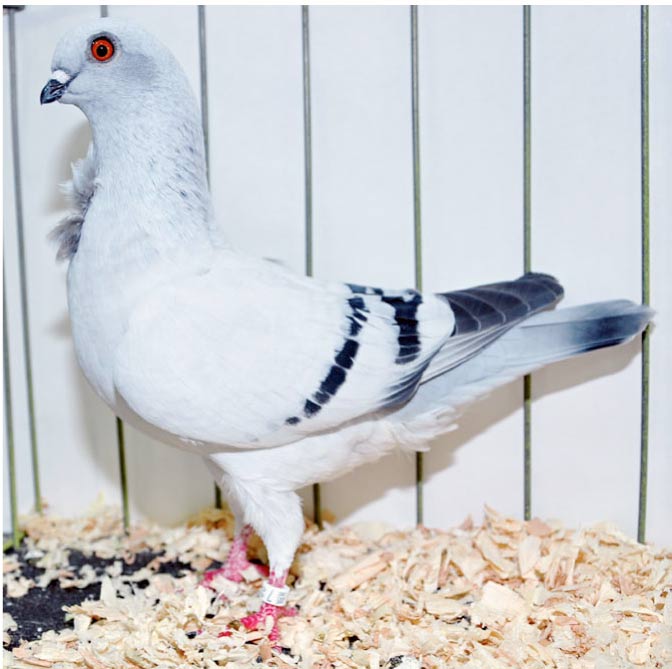
Here, an Italian owl pigeon; the team found owl breeds of the rock pigeon are very closely related to breeds known to have come from Syria, Lebanon and Egypt.
Big Neck
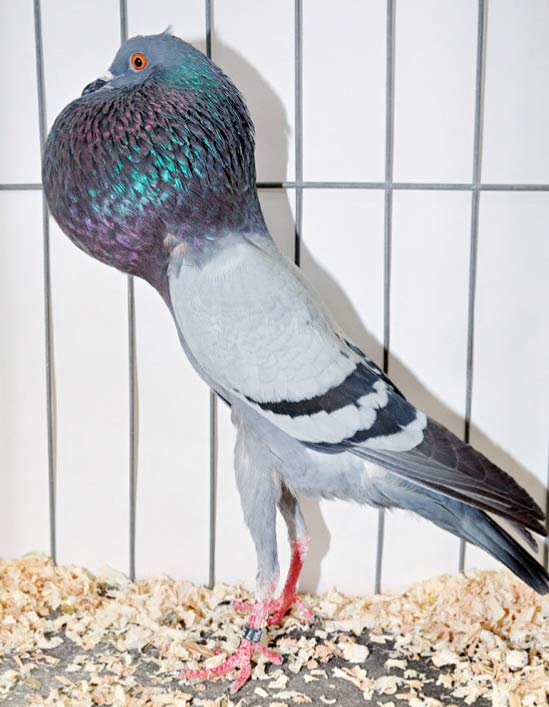
A Brunner pouter pigeon.
Decked Out
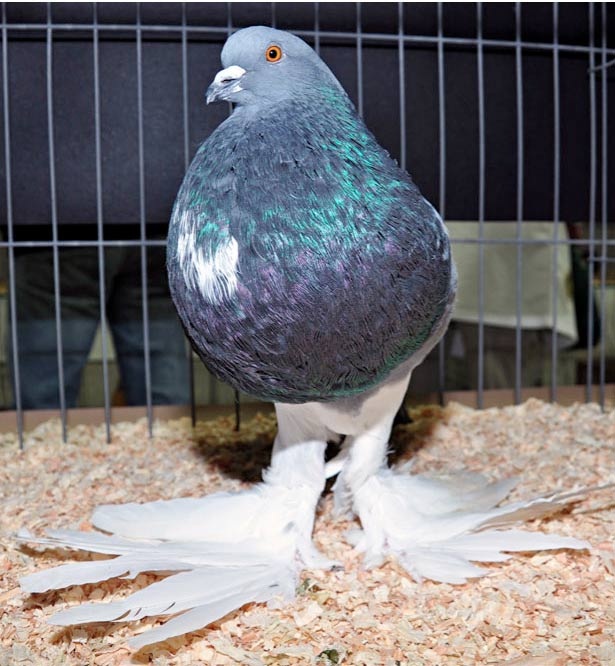
Pomeranian pouter pigeon, showing off its feathery feet.
Sign up for the Live Science daily newsletter now
Get the world’s most fascinating discoveries delivered straight to your inbox.
Short Beak
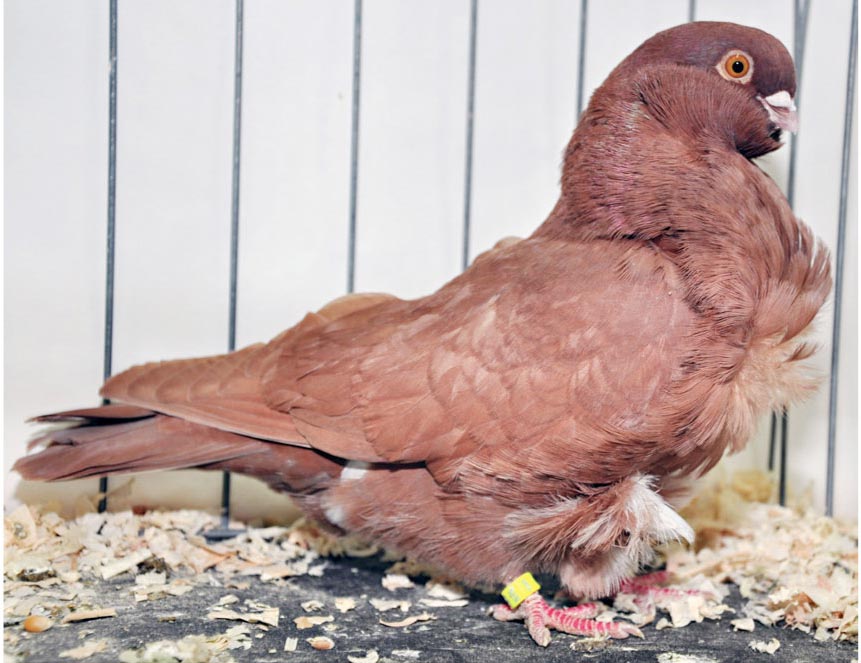
A Chinese owl pigeon
Sizing Up
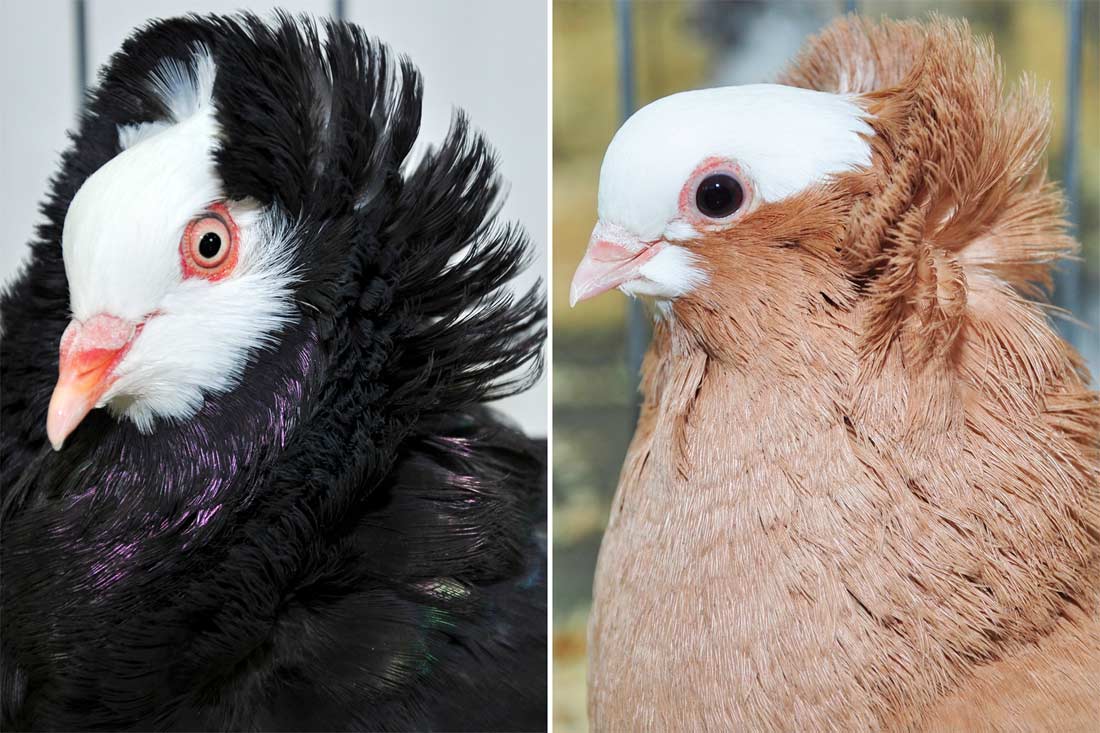
These two rock pigeon breeds, the old Dutch capuchine (left) and komorner tumbler (right), are not closely related, yet they both have feathery ornamentation on their heads known as a head crest.
Sharing Traits
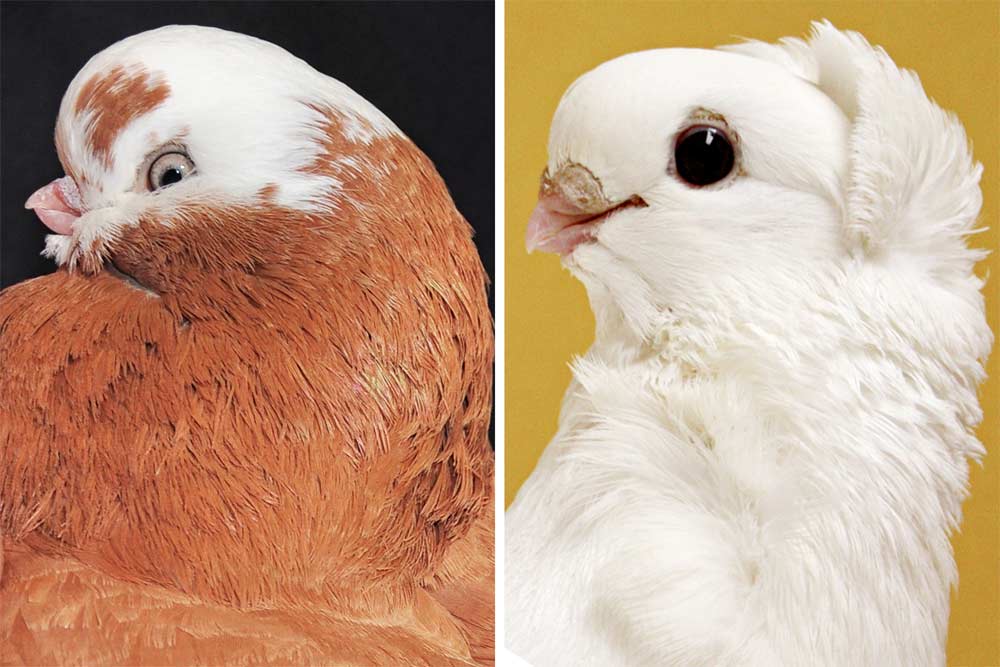
Two pigeon breeds shown here both share short beaks: the English longface tumbler (left) and the old German owl pigeon (right).
Jacobin Pigeon
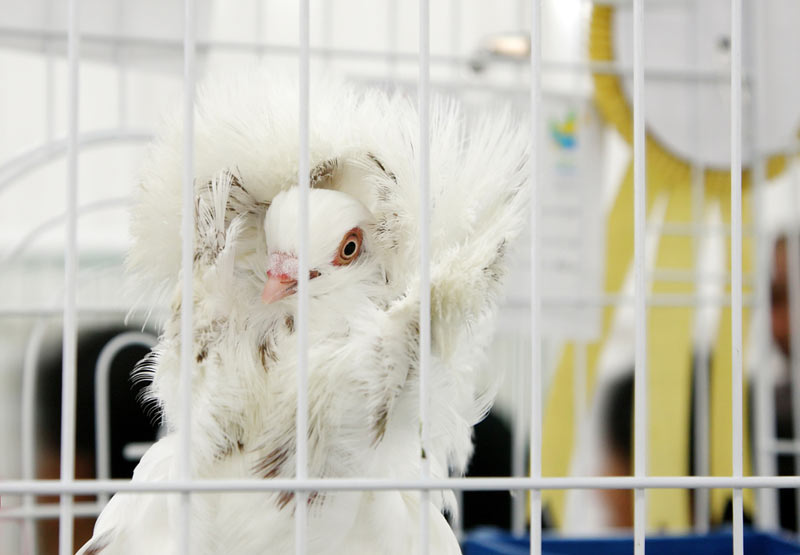
A beautiful Jacobin pigeon with feathered hood.
Jeanna Bryner is managing editor of Scientific American. Previously she was editor in chief of Live Science and, prior to that, an editor at Scholastic's Science World magazine. Bryner has an English degree from Salisbury University, a master's degree in biogeochemistry and environmental sciences from the University of Maryland and a graduate science journalism degree from New York University. She has worked as a biologist in Florida, where she monitored wetlands and did field surveys for endangered species, including the gorgeous Florida Scrub Jay. She also received an ocean sciences journalism fellowship from the Woods Hole Oceanographic Institution. She is a firm believer that science is for everyone and that just about everything can be viewed through the lens of science.









